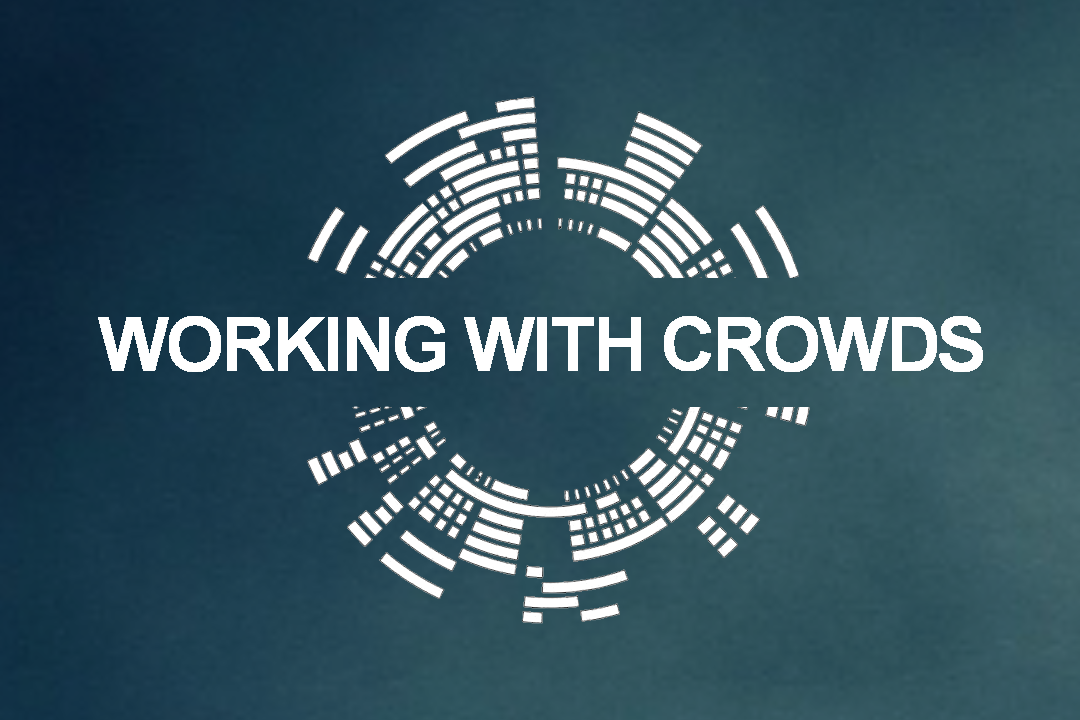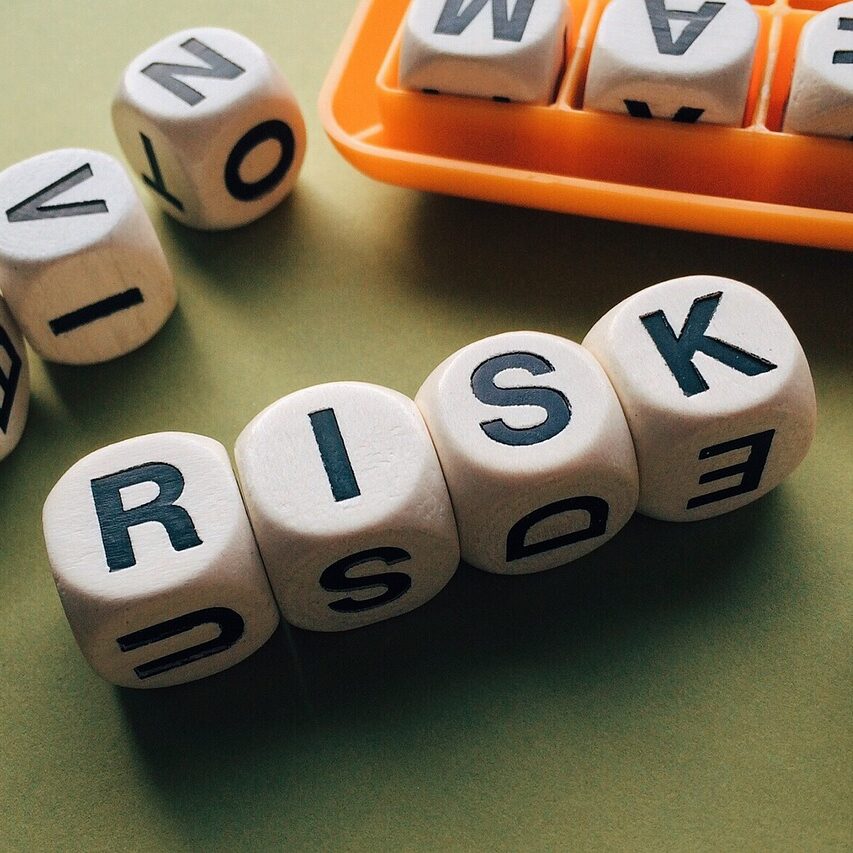Paul Foster
Founder of OnePlan
Senior executive with extensive experience of managing and leading complex projects in government and major global events. Recognised internationally as a leader in crowd management, operational planning and innovation for major events and urban environments.

Imagine this: it’s 2020, and you’re on your way to a music festival that you’ve been looking forward to for months. There is only one ramp which serves as the single entrance and exit point of the festival area. The tunnel starts to become crowded. A number as high as 1.4 million people are expected to attend, and the capacity for the main arena is 250,000 people. You’re in the midst of the chaos, and are pushed to the floor, as hundreds of people step on and over you and scream. You’re no longer thinking of your favourite band, or how to get to it, but how to survive.
This scary scenario should hopefully serve as a cautionary example to warn planners of the importance of crowd safety and queue management. It’s not uncommon to hear about events being overshadowed by complaints of queues with attendees left waiting for hours in the cold or extreme heat. In particularly bad cases, long queues lead to people jumping barriers or starting fights, which in turn can cause injury, or worse. All caused by poor queue management and planning.
It’s important for event planners to put crowds first, and to make public safety, queue management and evacuation plans a priority when planning events. When an attendee is being asphyxiated, or sweltering under the heat, they no longer care about the event, but about their own wellbeing.
Making sure that attendees’ experiences are marked by the event’s content, and not ruined by queues or a lack of safety should be one of the main (if not the primary) consideration of planners.
While sometimes tedious, planning for an appropriate queue type (for example, facial recognition in conferences, equipped and trained security staff, metal detectors and RFID scanners for festivals and concerts) will significantly contribute to the ensuring a safe and enjoyable visitor experience. An proactive and engaging management of crowds can make the event about the event and not about the queue-length, or overcrowding. Attendees will remember the inspiring speaker, or the life-changing band they heard for the first time. There will be no “it was great but…”; the event will just be “fantastic.”
Where appropriate queue waiting time can be provided, to give attendees an idea of how long they will be waiting. It is vital to ensure enough staff are available at security screening to accommodate peak arrivals (think about the busiest 15 minutes). Often workforce can be relocated to entry points to help manage the peak arrival demand of visitors to minimises crowds, and long queues.
In case of emergencies, areas of congestion can quickly form. Contingency plans and micro-plans of specific areas are what saves the day in these situations. Having marked emergency exits, clear messaging and an efficient way for people to move out of the space without the risk of getting injured or impeded is a testament to the planner’s foresight and should always be included in the preliminary stages of planning an event.
Incorporating technology to help with all of the above points is an exciting opportunity in the event industry. All-in-one technology can aid planners and managers to create and visualise event spaces. Making plans of evacuation exits, entrances, temporary infrastructure and human resource easily available and accessible at the planning stages will improve collaboration and make for an easy execution of the event. RFID technology, facial recognition and mobile apps (that show queue length, waiting times and the more efficient queues) for the entrance of the event can keep attendees distracted and excited about the event. Everyone loves to try out new tech and giving eventgoers a taste of event tech will keep them distracted from how long they have been queuing.
So much care and attention goes into every other part of planning an event so let’s make sure queueing and crowd safety gets more consideration from now on too.
OnePlan is the event site planning platform that combines all other mapping and visual planning tools into one, giving you and your clients one full plan and shopping list of what your event space needs for a secure, safe and incredible experience down to the last square metre. After all, that’s the minute detail your attendees see so why shouldn’t you?






